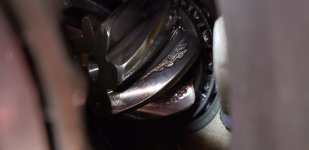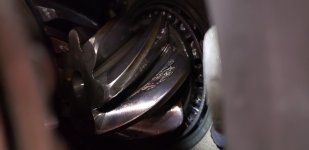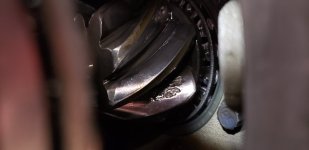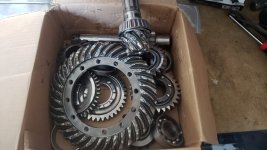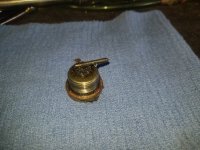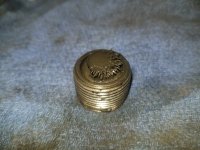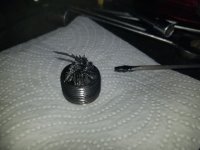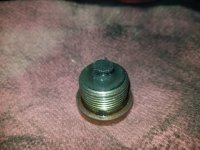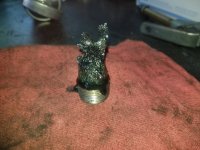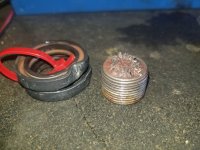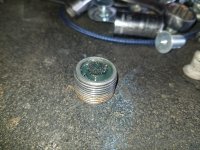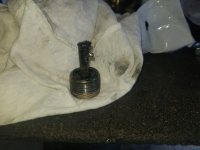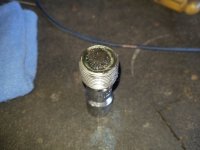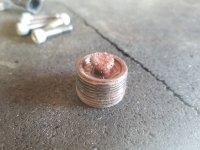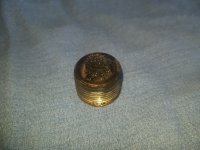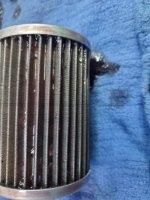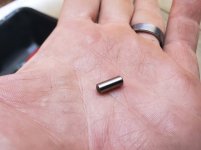Fullthrottleguy
Site Sponsor
- May 5, 2021
- 1,104
- 1,487
All fair questions Sean, and I am not advocating at this time in the sport anyone try to re-engineer whats out there, but 20 years ago it would have been a different game .Here is how the Tremec/9" IRS diff situation would play out:
Bigger tires = need for closer ratio gears. How much will custom gear sets cost? How much power can they hold up to based on shaft center and width restrictions of housings they need to fit into? (Current VW and MD trans limitations)
More power = finding weak links in the factory housings and other components. How much will billet housings and HD components cost? (The reason why the HV-2's were developed to replace the VW and MD trans)
Big tires/Big power = finding breaking point of factory 9" gears. How much will aftermarket HD R&P's cost? (Current S4/S5 limitations)
When does the factory 9" housings and R&P's become too weak to handle 1000+ HP and 38" tall tires? How much will a larger differential and R&P cost? (Reason for 11.5" R&P in S4D and AGB)
The fact is, every time the drivetrain industry has met the requirements to put X amount of power to the ground reliably, consumers invariably push the power envelope until that requirement has been exceeded. Then a new design must be drawn up and engineered to fix the shortcomings of the design before it. Then someone exceeds the power handling capability of that design. See the cycle here?
As long as all you guys want to keep spending money on big power engines, we will have to come up with drivetrains that can meet that requirement. Those new designs and products will cost more money to produce on a much more limited scale since there is no longer a "mass produced" base design that we can start with and modify to meet those requirements.
There are others out there that have tried or are trying new ways to get big power to the ground through various means of other "production based" components. They either cost more money than it's worth to develop on a small production scale and sell to this market, or the production based parts become the limiting factor.
The aftermarket is well invested in driveline components that have a total available market of millions of cars unlike our sport. A through bolt 10" and 9.5" (9" variants) housings are unbelievably strong, easily serviceable, and are plentiful - they hold Massive power - 2500 to 3000HP and huge slicks are pretty commonplace for drag cars. Nothing moves, nothing distorts, its all pretty bulletproof .. to me the main reason is the sheer number of companies building 9" parts is huge - having lots of suppliers makes it easier.
What you guys have done within the constraints you have is pretty amazing - we complain a lot, but overall the stuff works way better than it should given it was based on a 40HP design ... so many years ago

